One hundred years ago nearly half of the cars on British roads were Fords. Henry Ford opened his first dealership here in 1910. A year later he chose Trafford Park, Manchester, as the site of his first Model T factory outside the US. He built the first British cars before 1911 and by 1914 he was making cars there on a moving production line.
On that beginning Ford’s leading position in the UK car market was founded, along with the enduring notion that Ford is a British company. Although the Blue Oval no longer makes cars or vans here, it does make huge numbers of engines and employs 3000 engineers at its Dunton design and engineering centre. But over the past decade it has struggled to make profits in Europe and has been through several bouts of ‘right-sizing’, involving retrenchments and plant closures, without much improvement of the bottom line. Meanwhile, its all-American rival General Motors has sold up and departed Europe for good.
Given all this, and the unprecedented challenges car makers face over the next decade, we thought it right to visit Ford’s epicentre in Dearborn, Michigan, to meet the company’s leaders and learn their plans for the future, for Europe and for the UK. The following story reveals our findings.
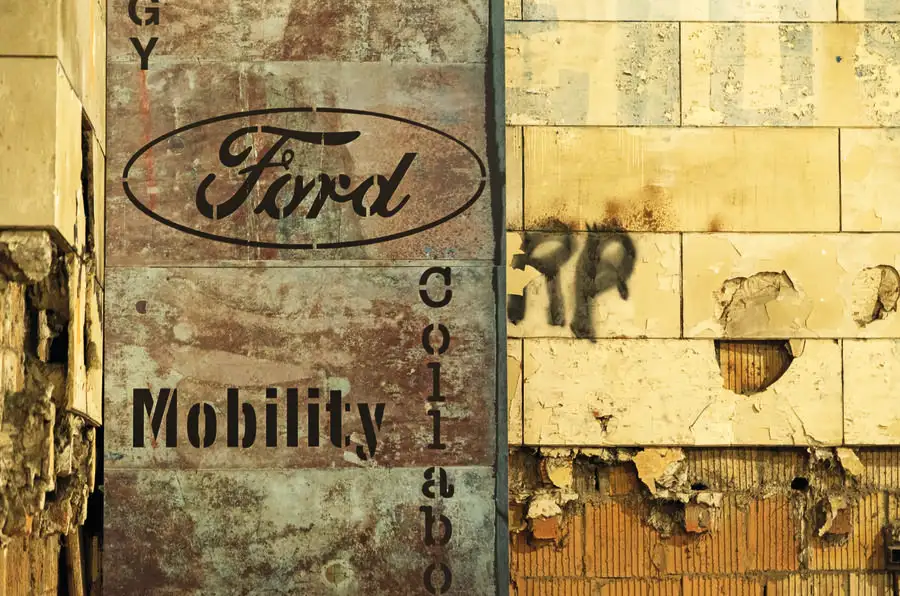
Darren Palmer: meet ‘Mr EV’
Darren Palmer remembers the moment his vision of electric cars changed. It drove him to leave a dream job launching exciting conventional cars to lead Ford’s headlong dash towards an entirely new kind of battery-propelled mobility.
“I was in charge of Ford Mustang, Explorer and Lincoln’s performance models, and having a great time,” Palmer recalls. Then out of the blue he got the call. The new challenge, it turned out, was to become product development director of Ford’s Project Edison, a 70-strong cross-functional think-tank set up in a former hosiery factory in Detroit’s Corktown district to conceive a new range of high-performance EVs.

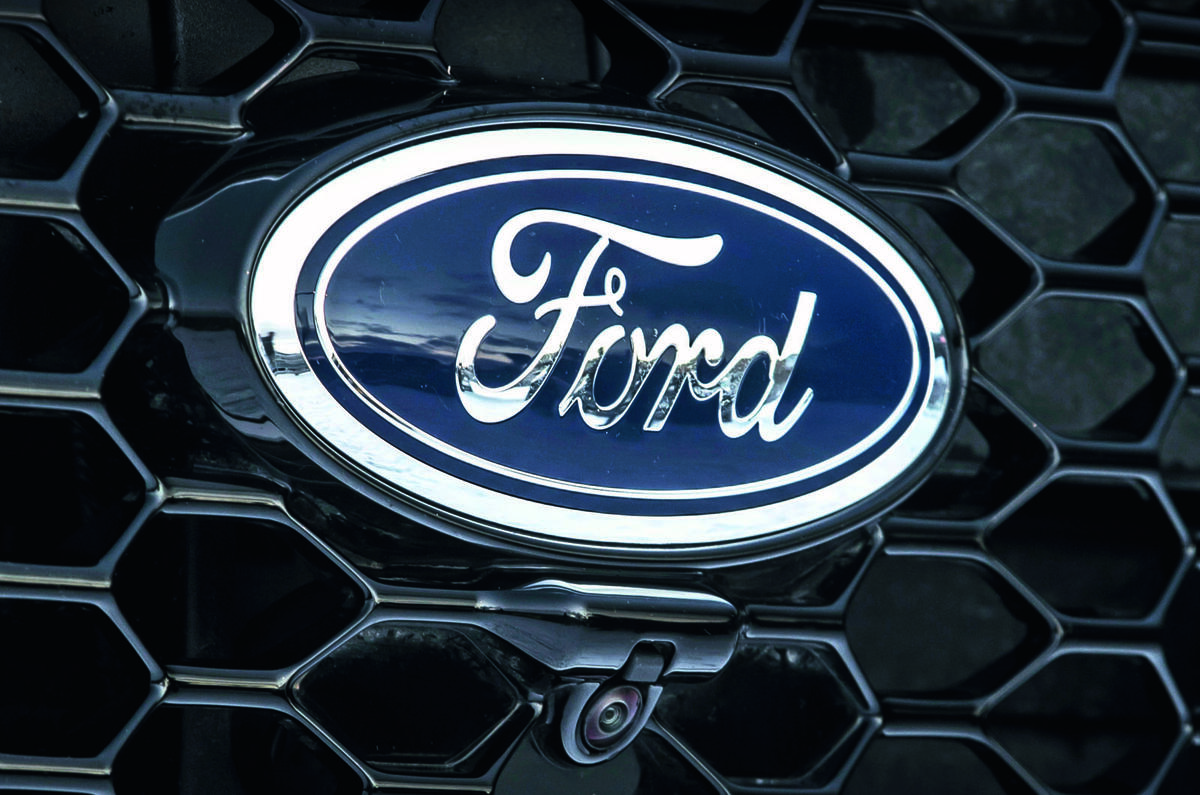
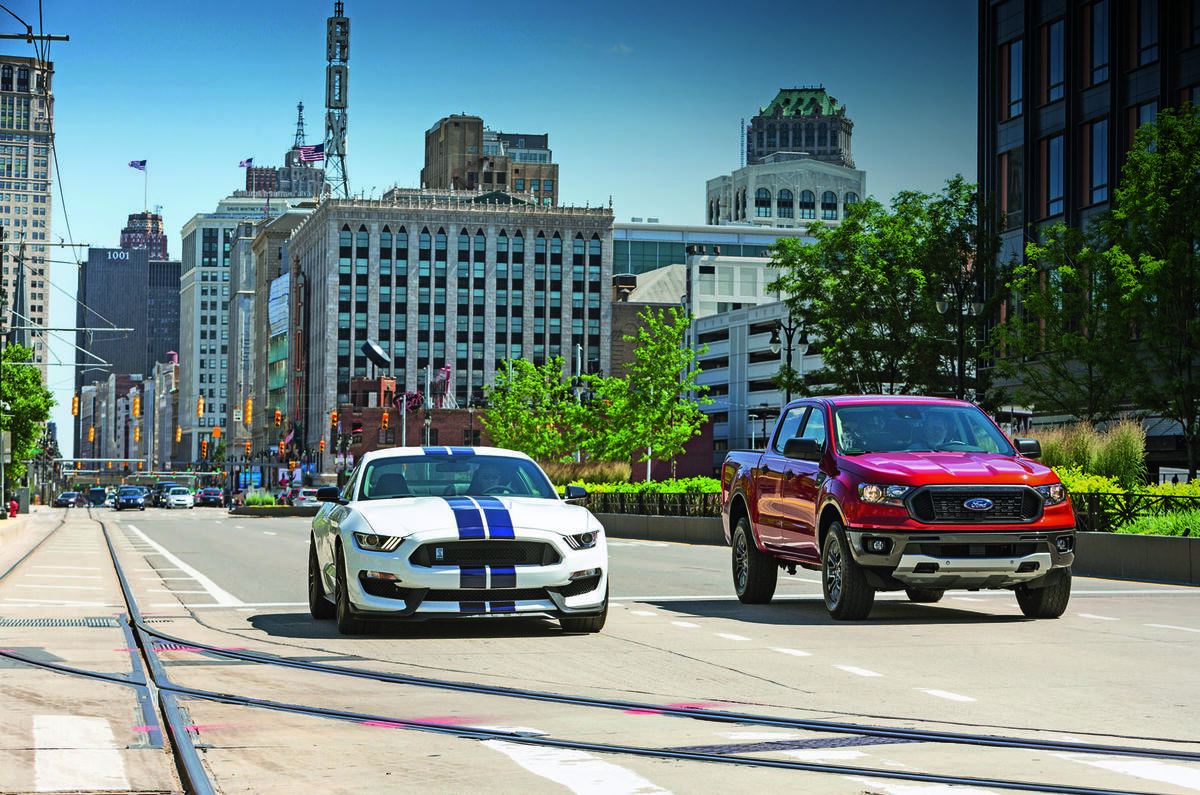

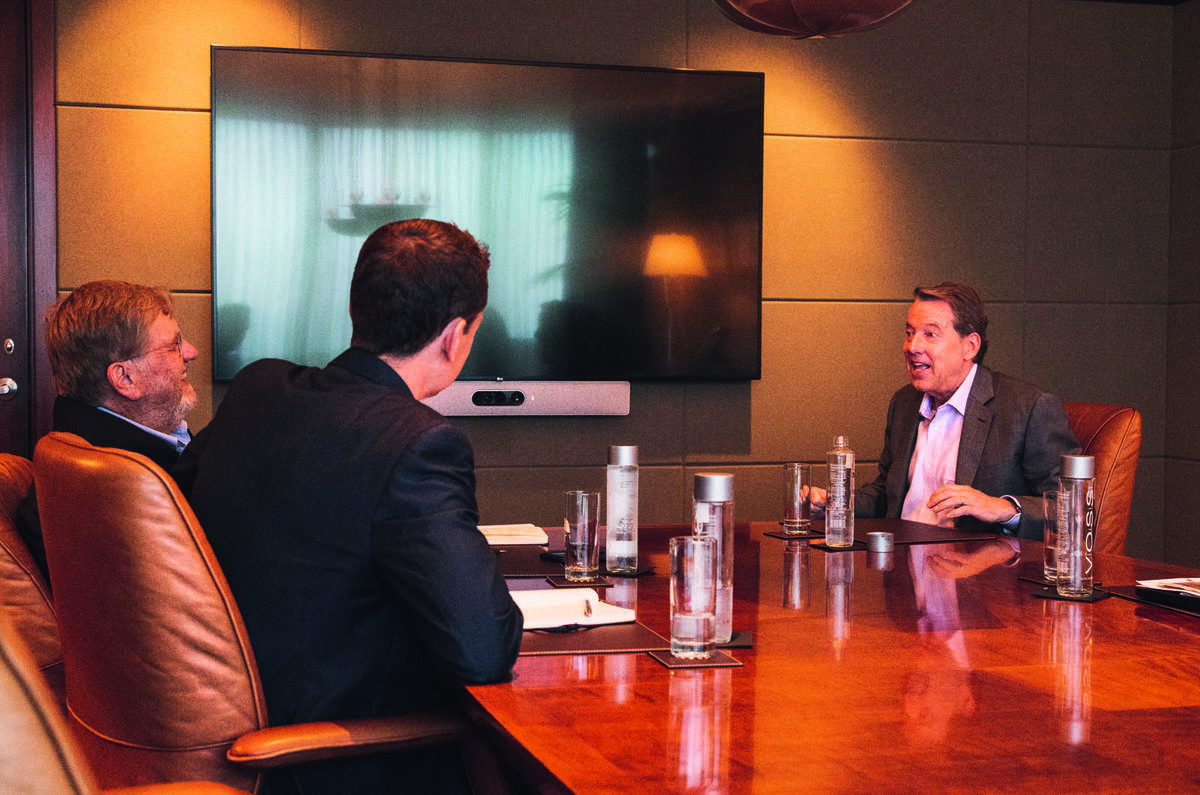
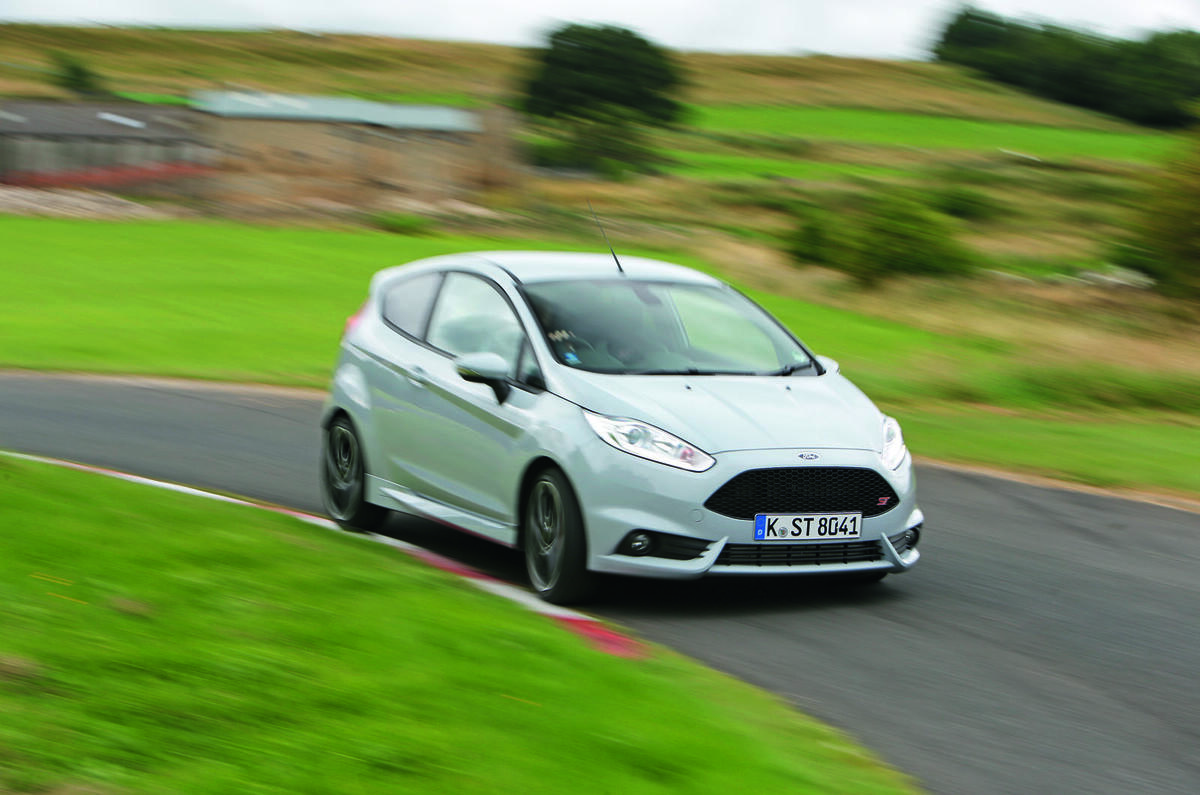
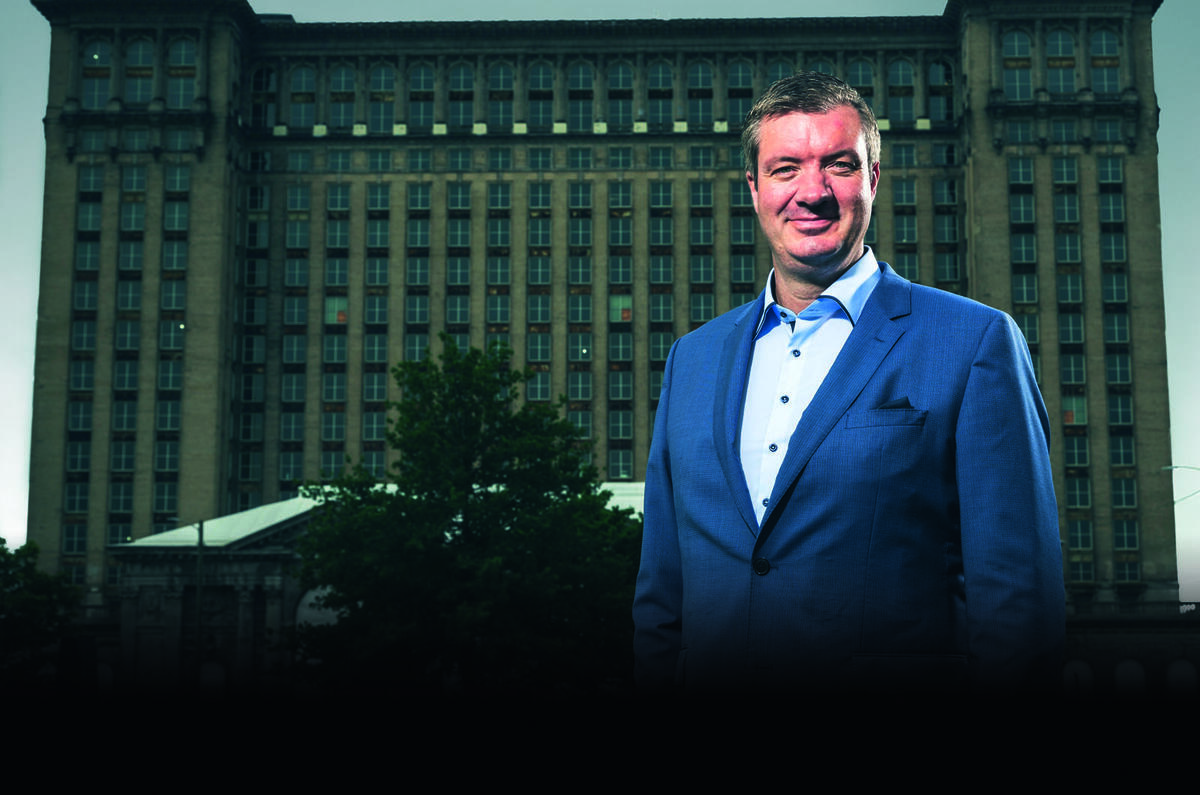

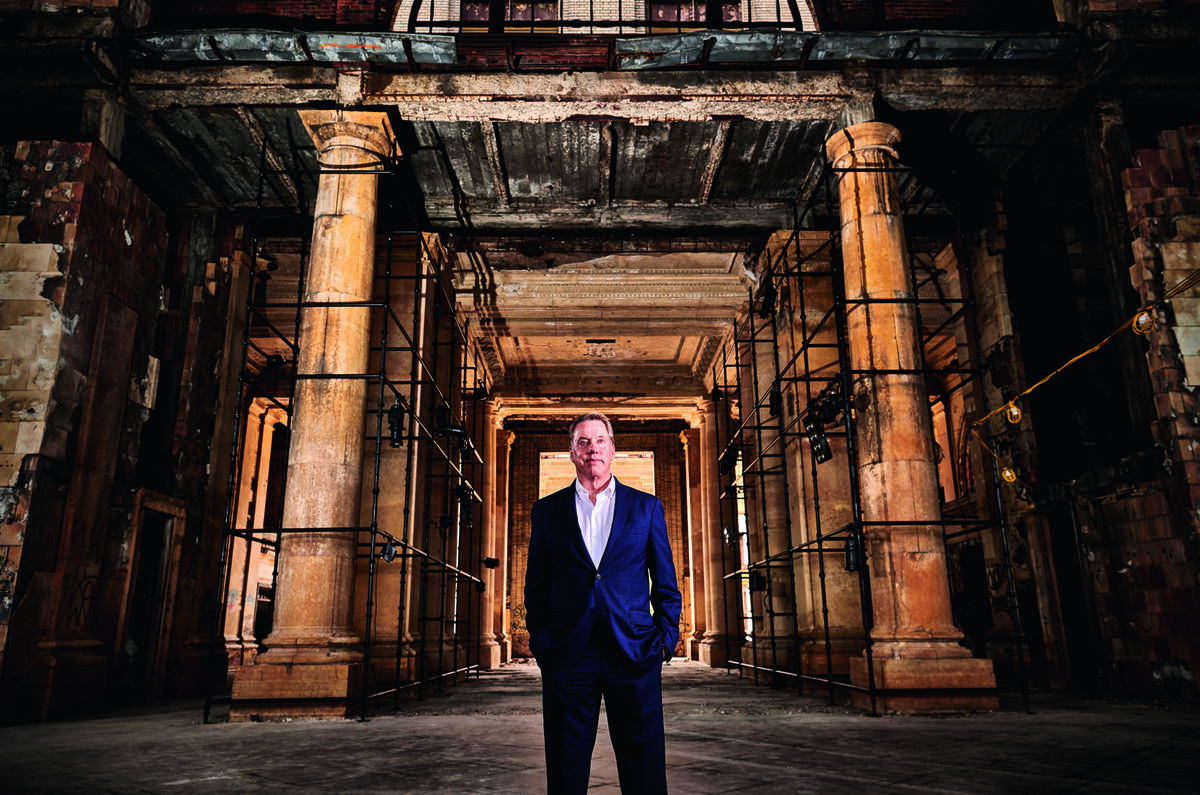
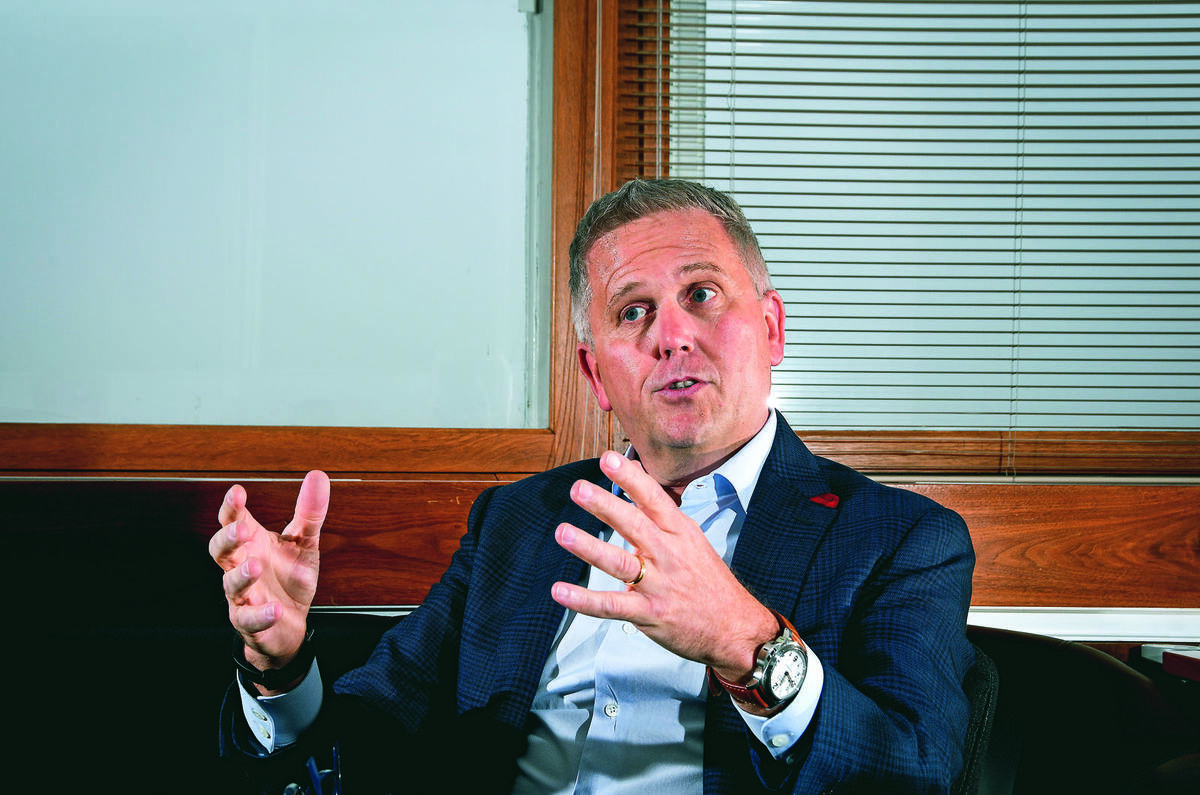
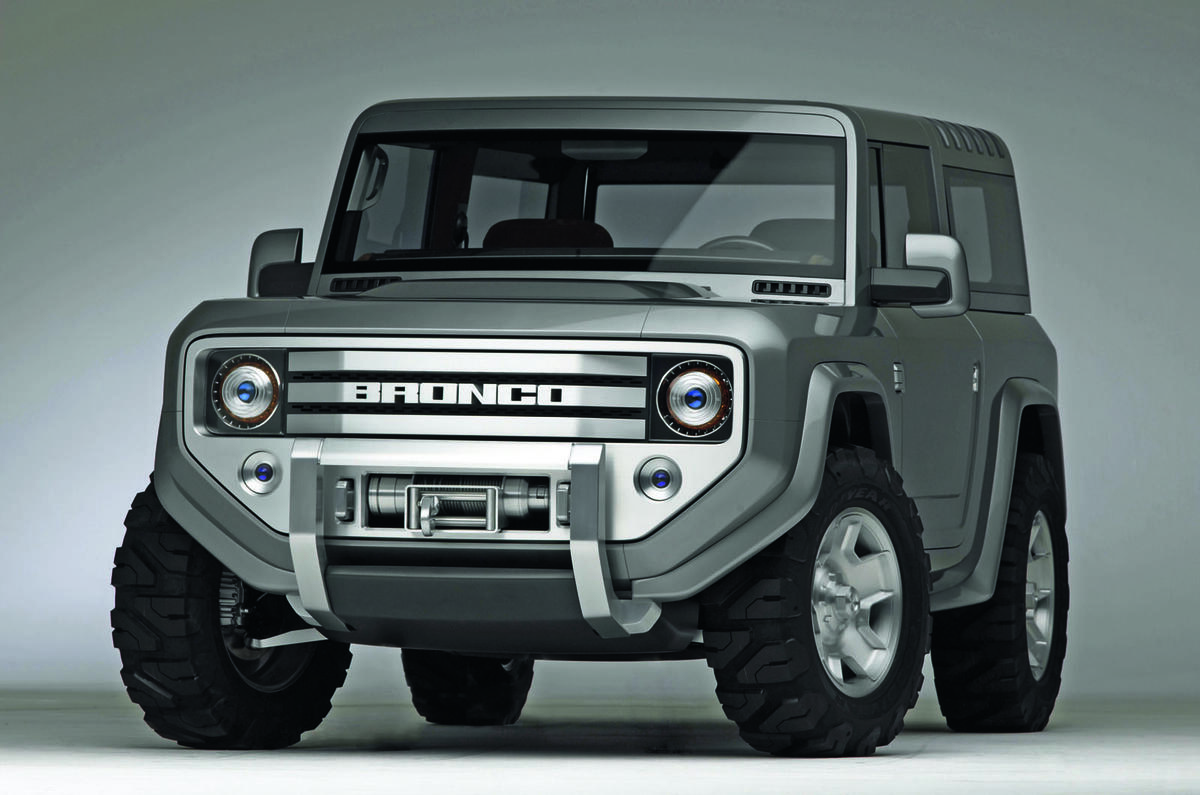
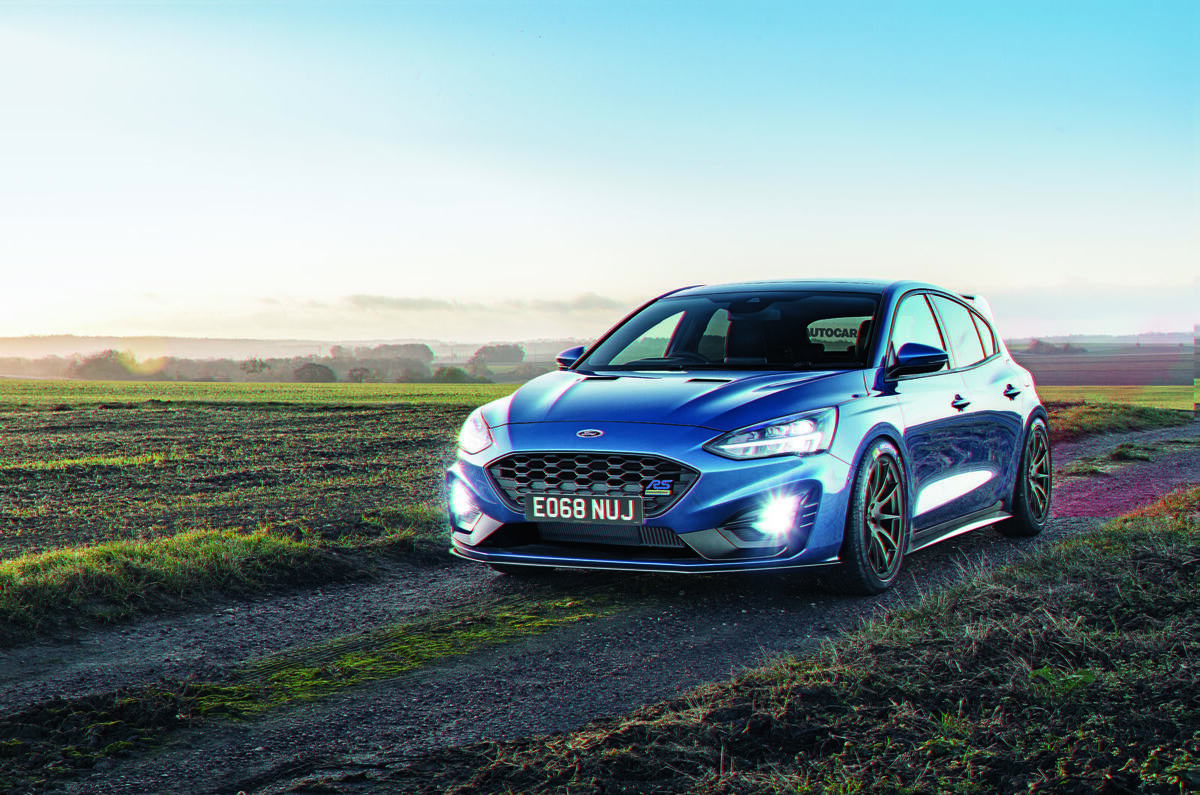


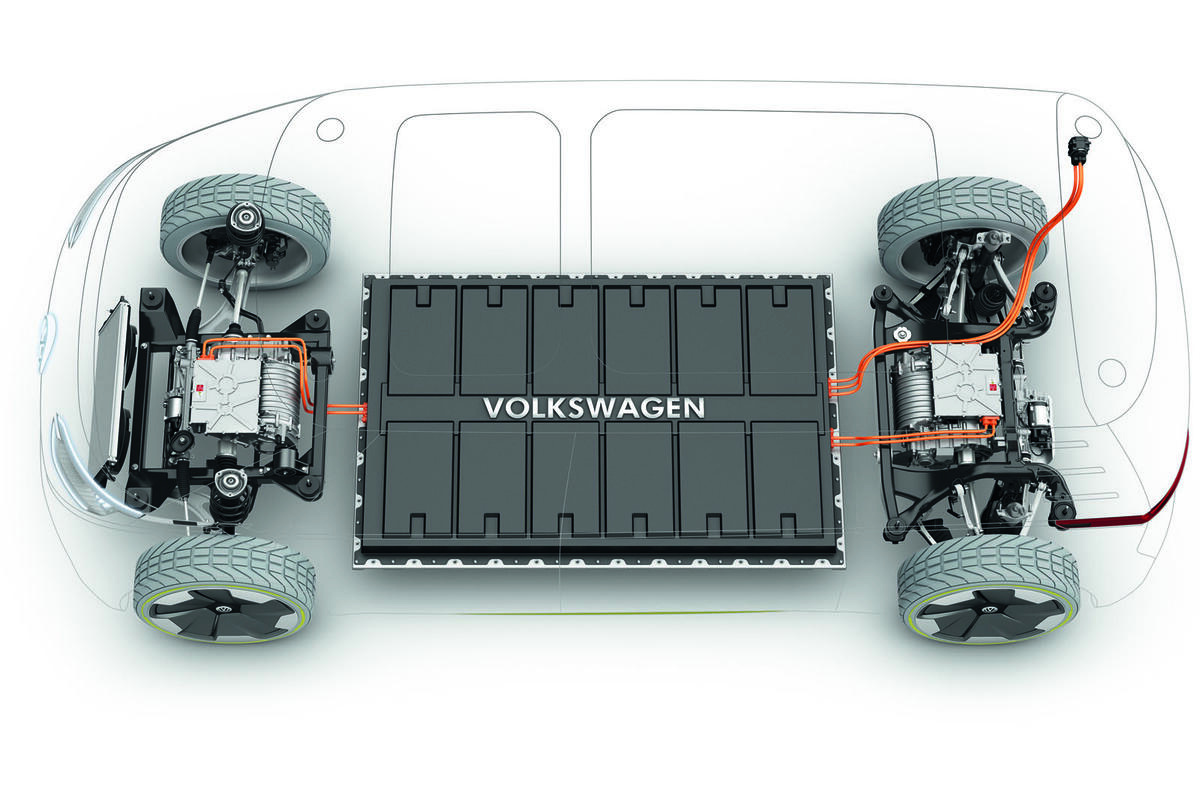
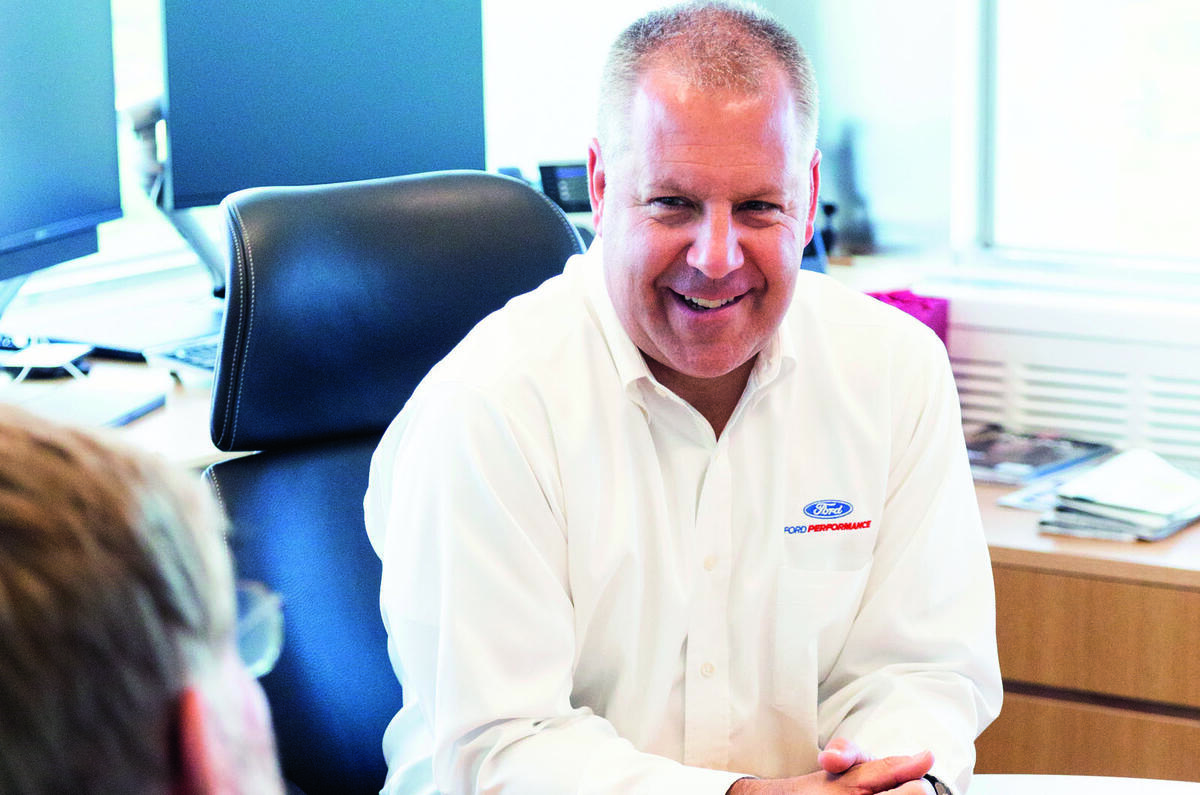
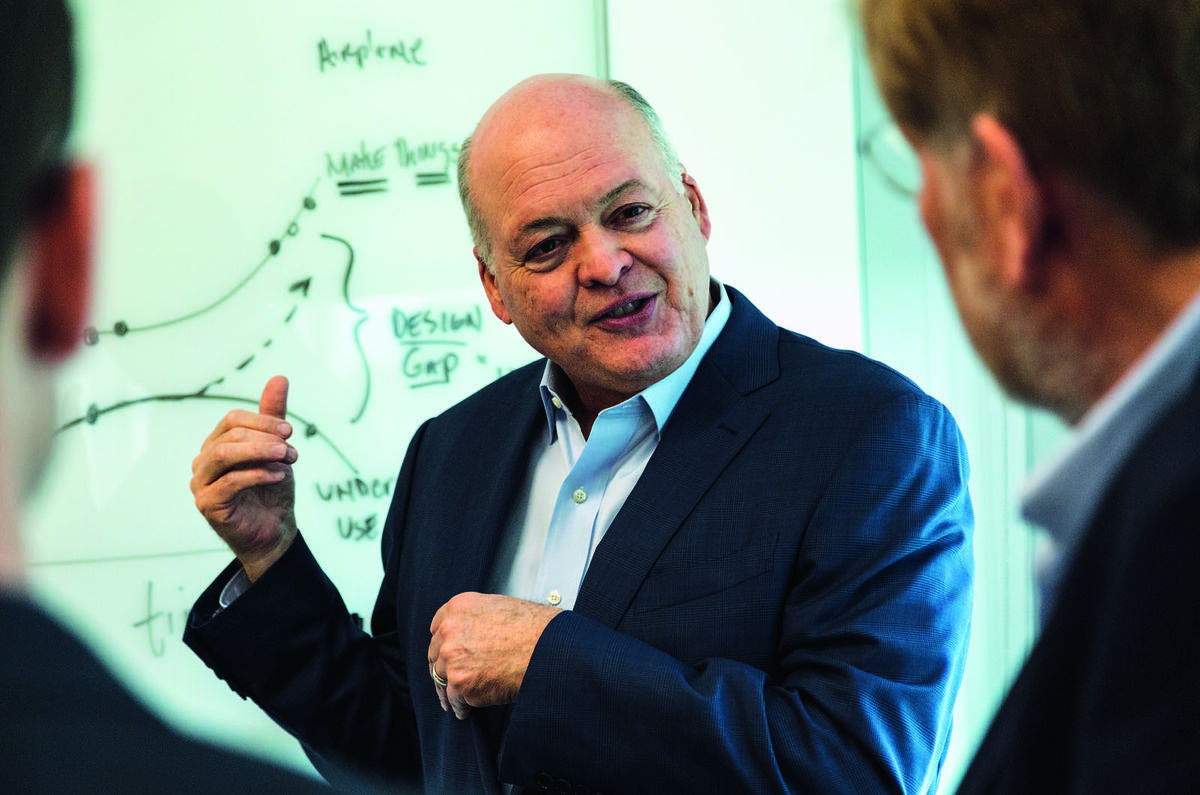
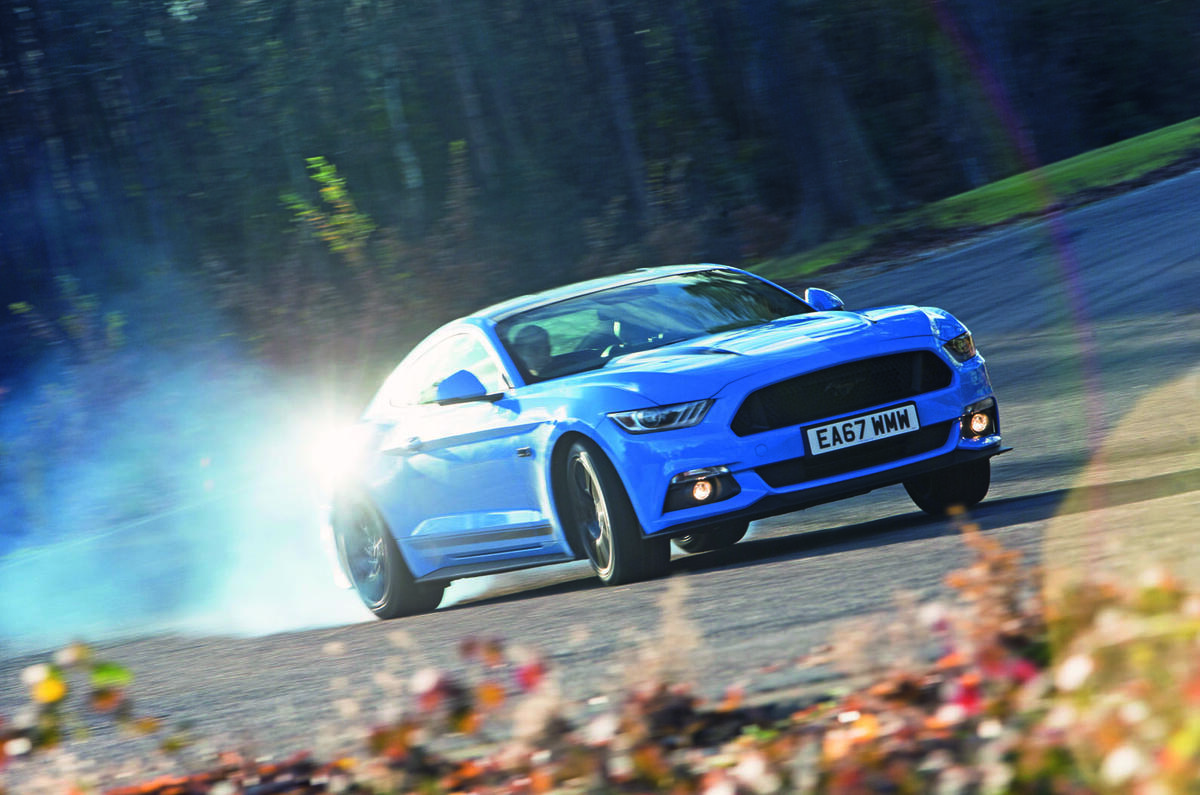

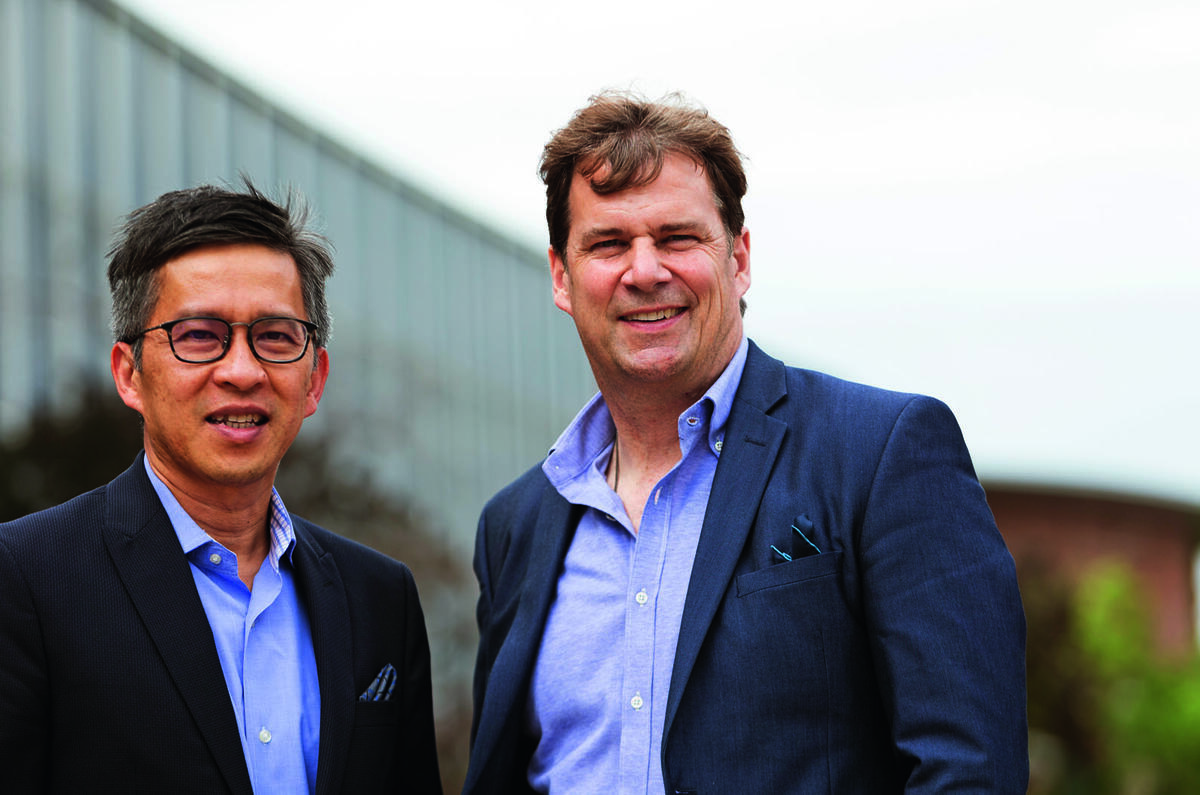
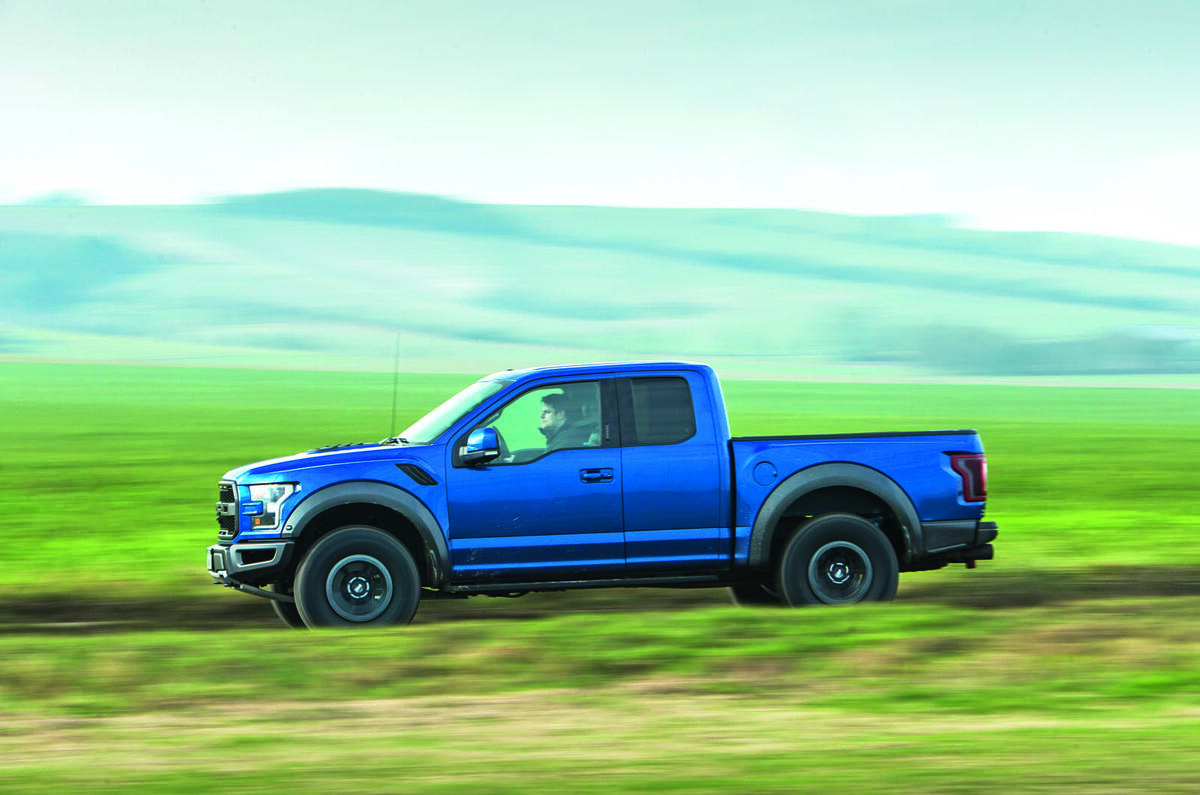
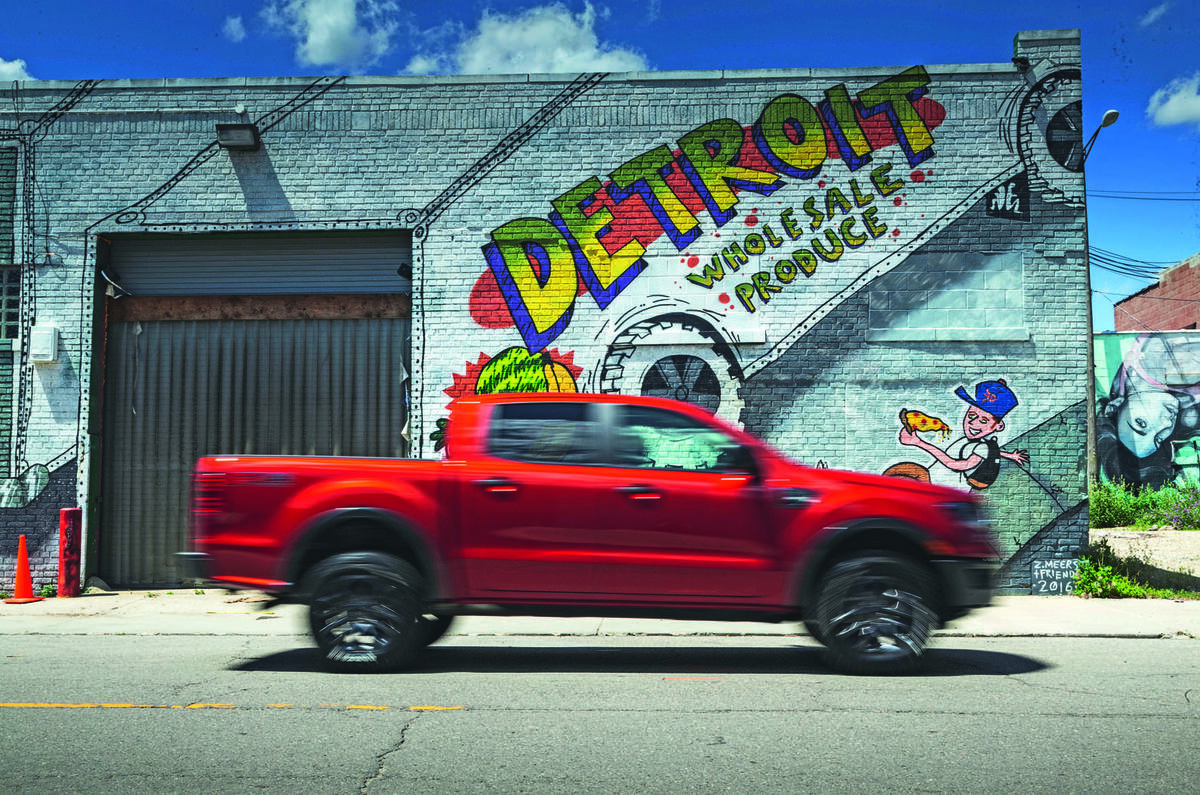
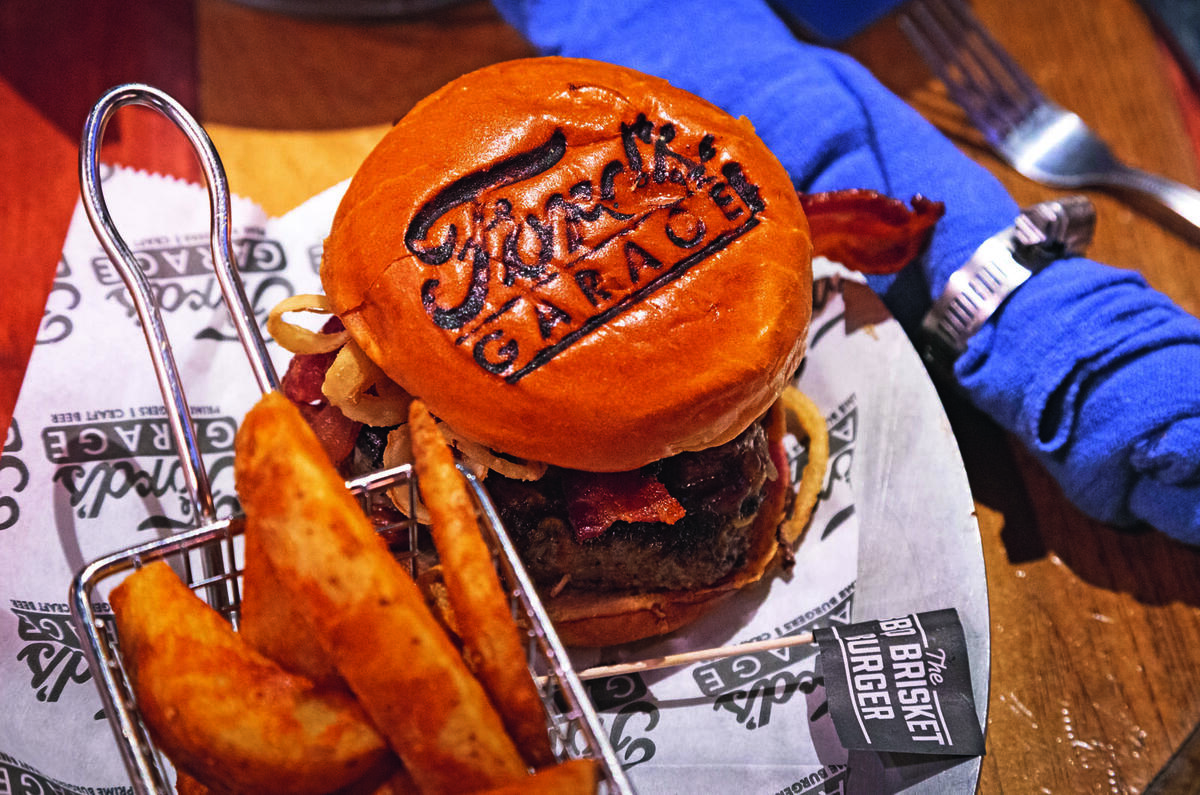
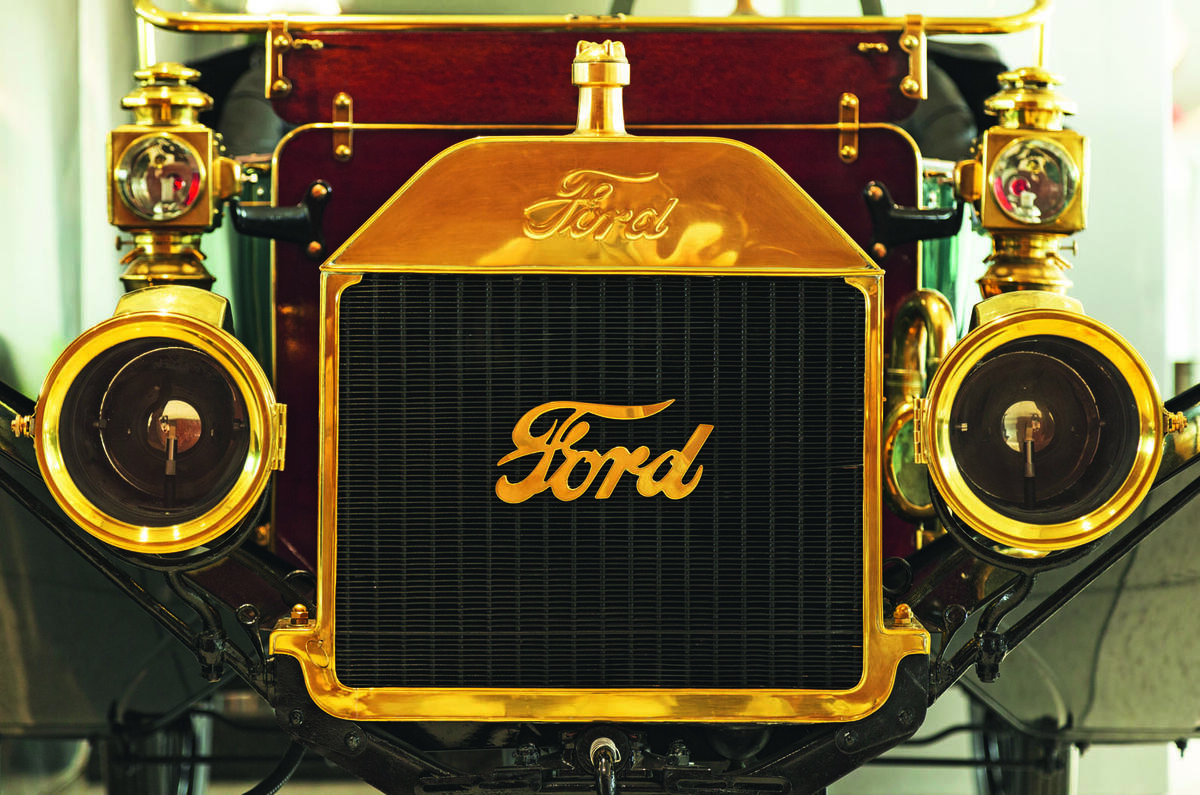
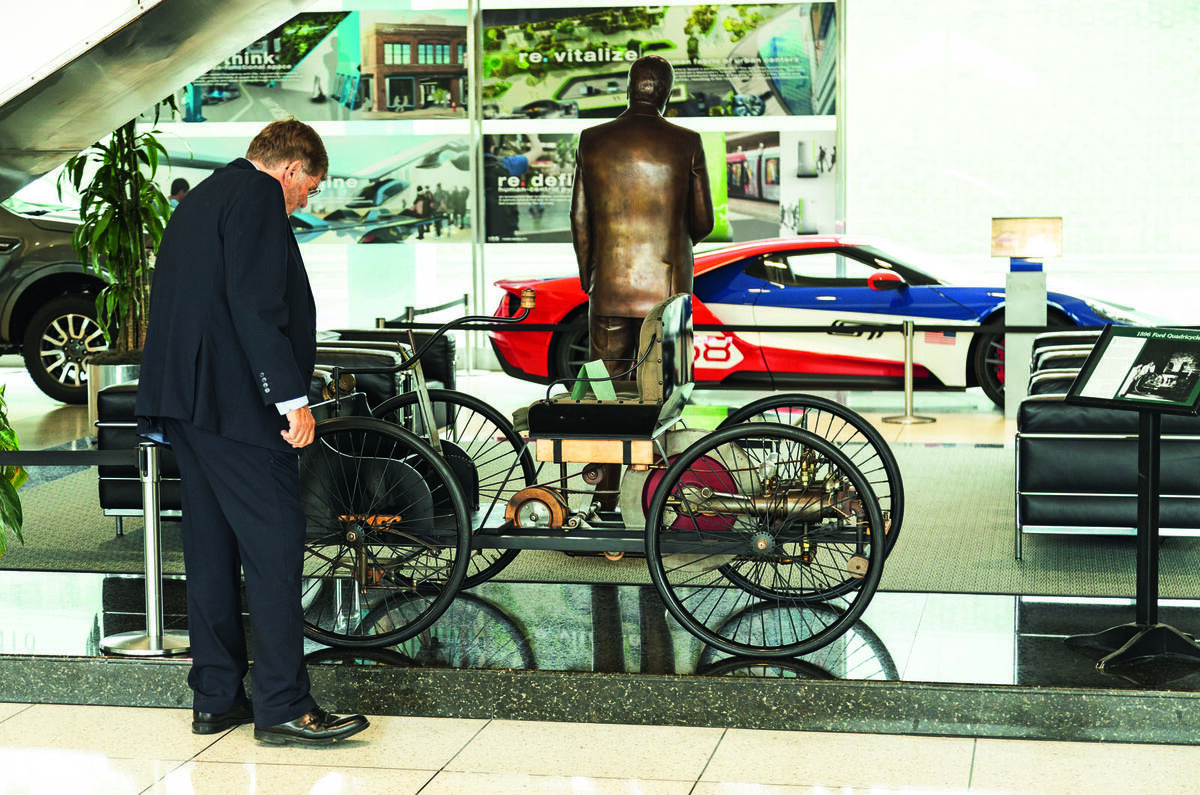

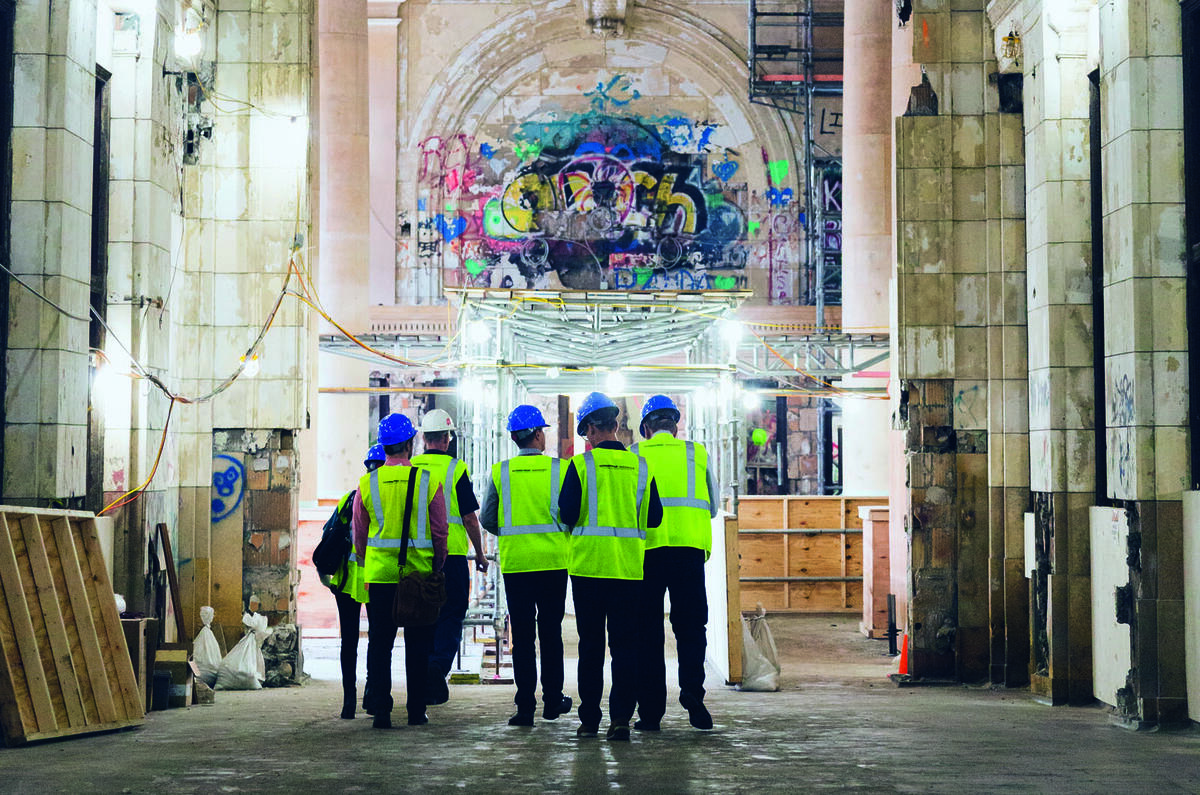
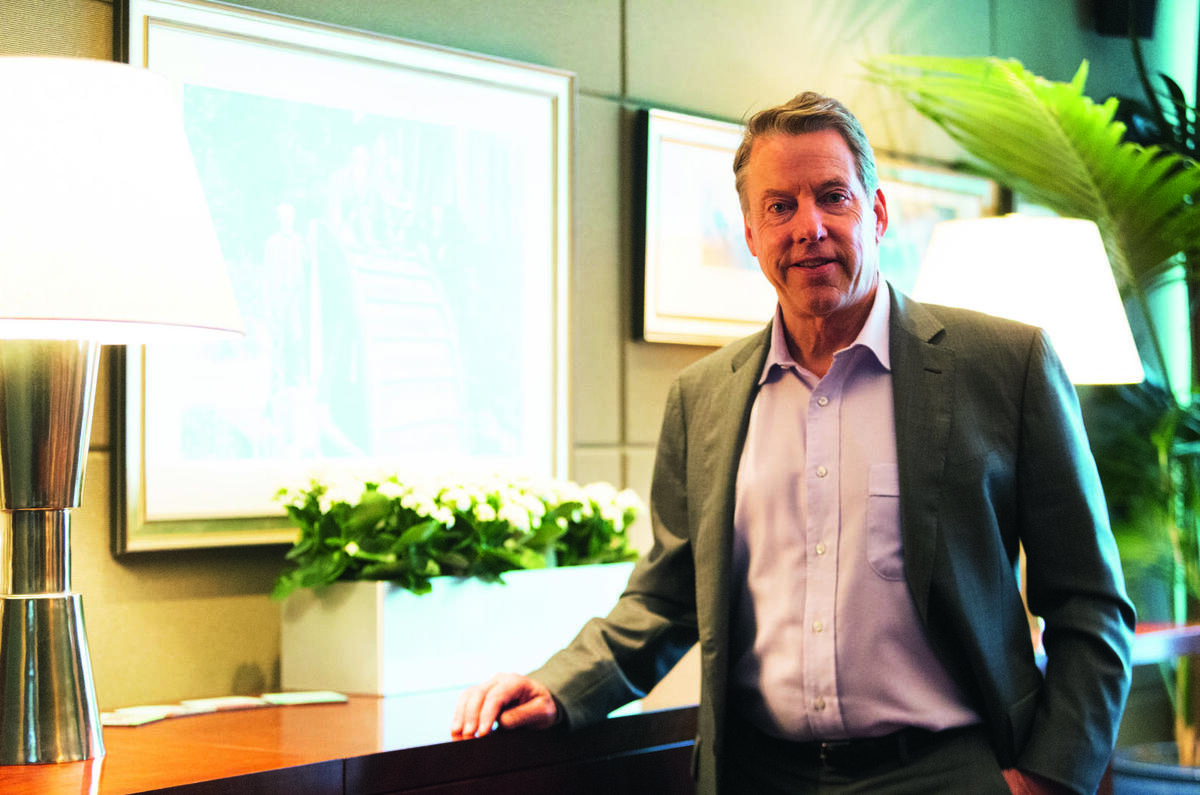
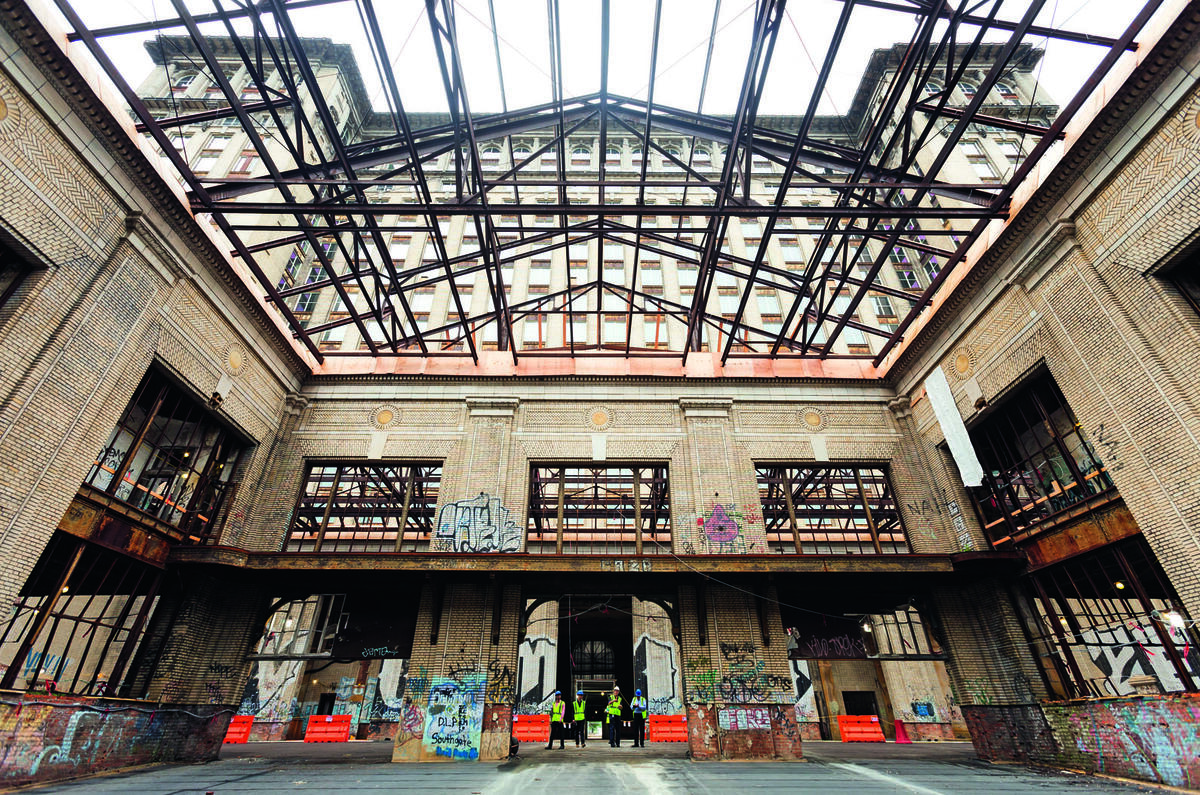
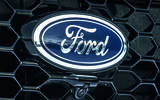

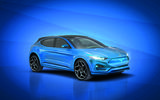
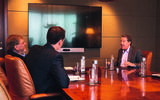
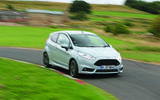
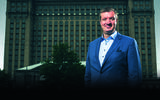
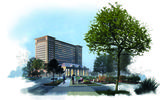
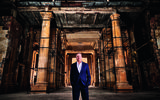





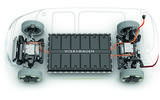
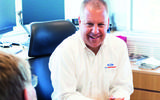
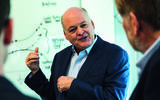



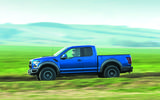
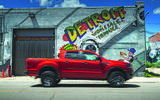



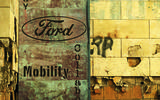
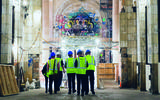



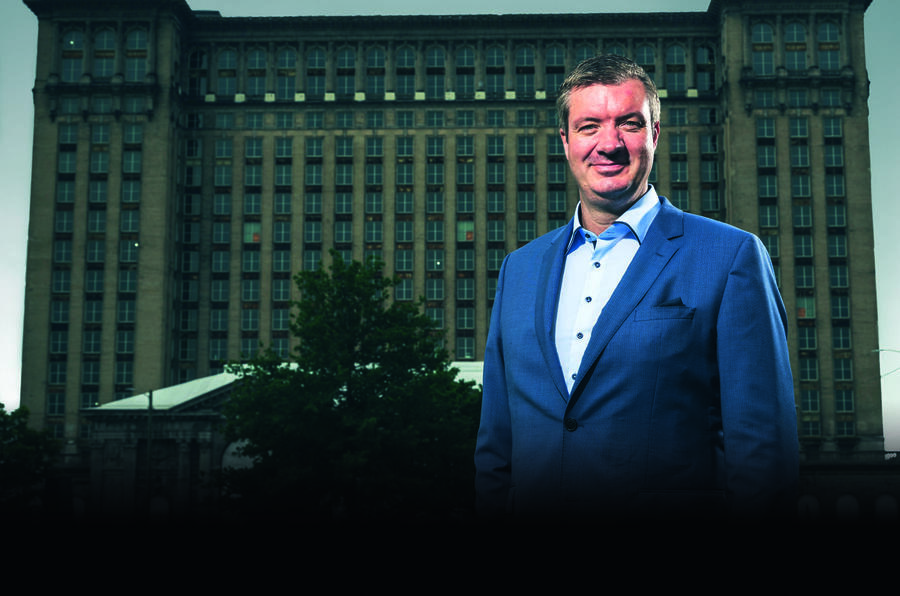


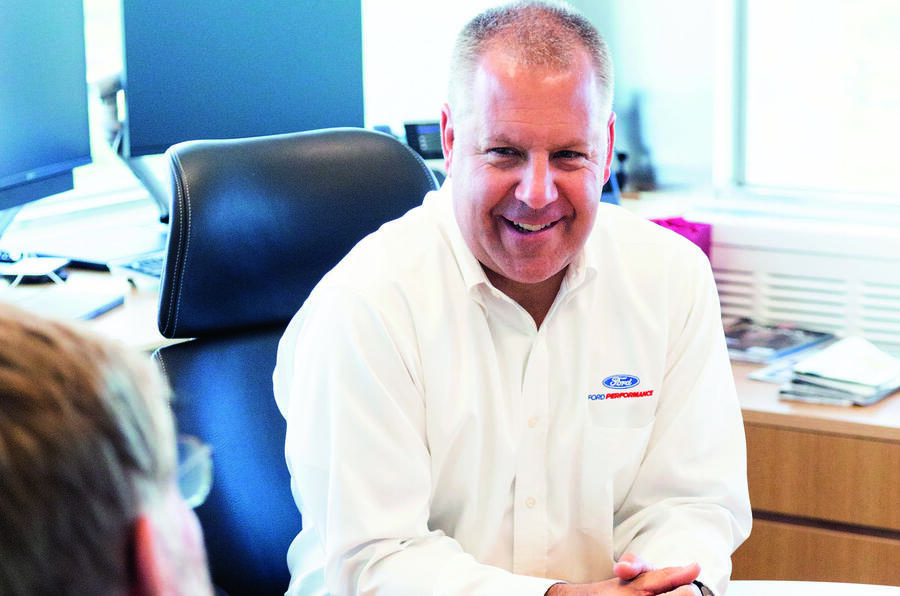
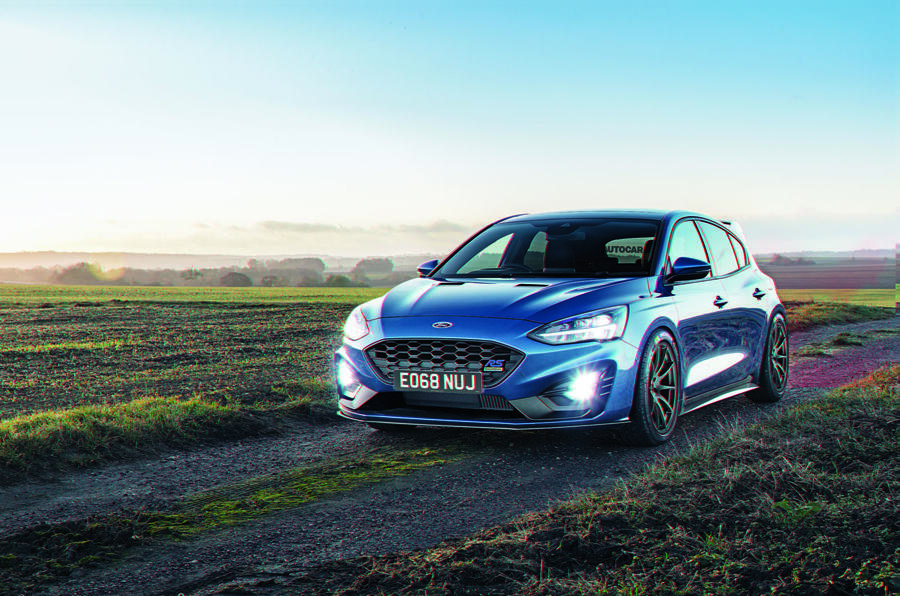
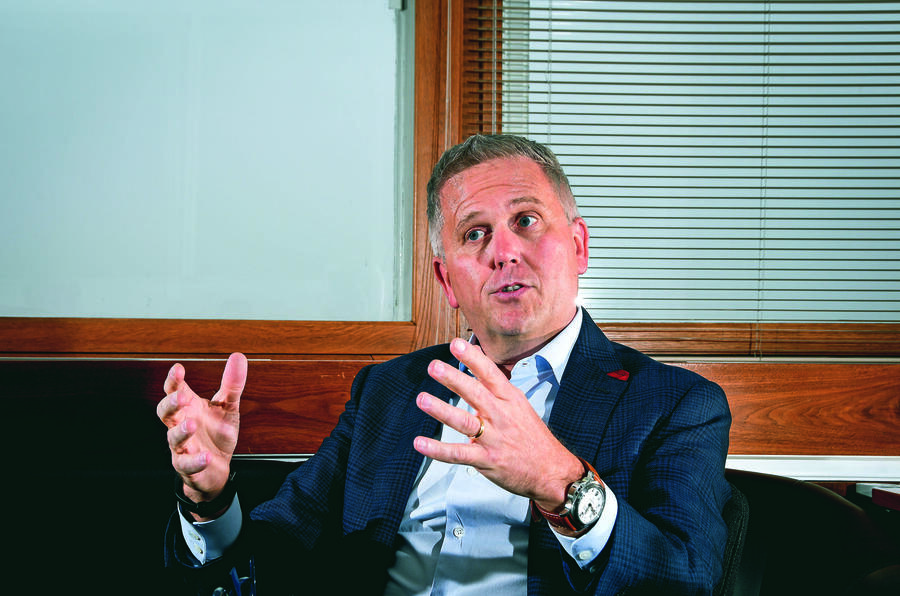
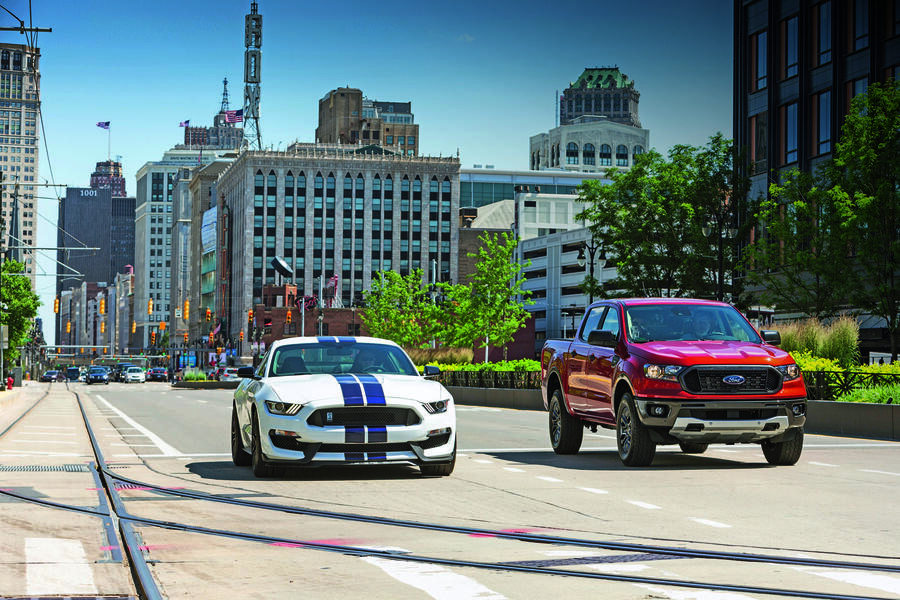
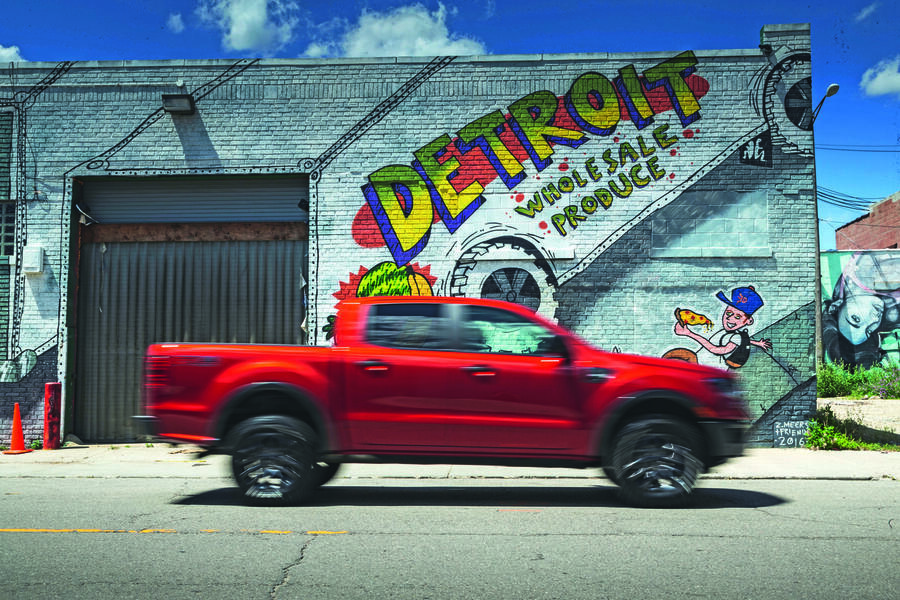
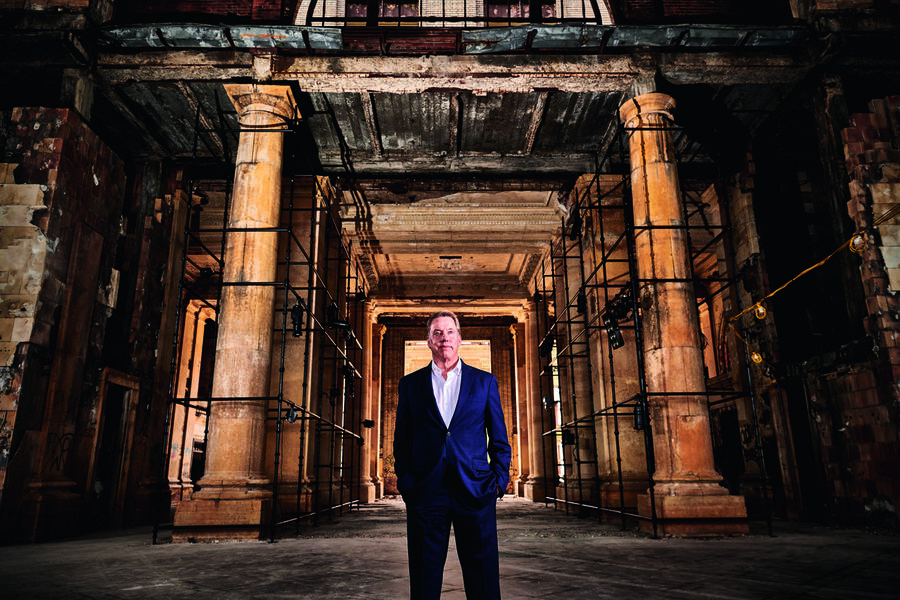
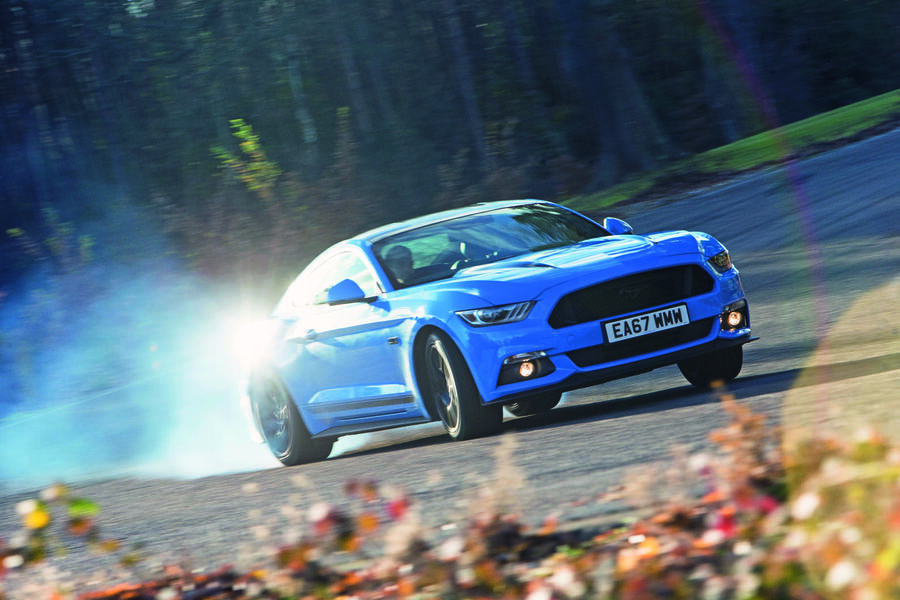
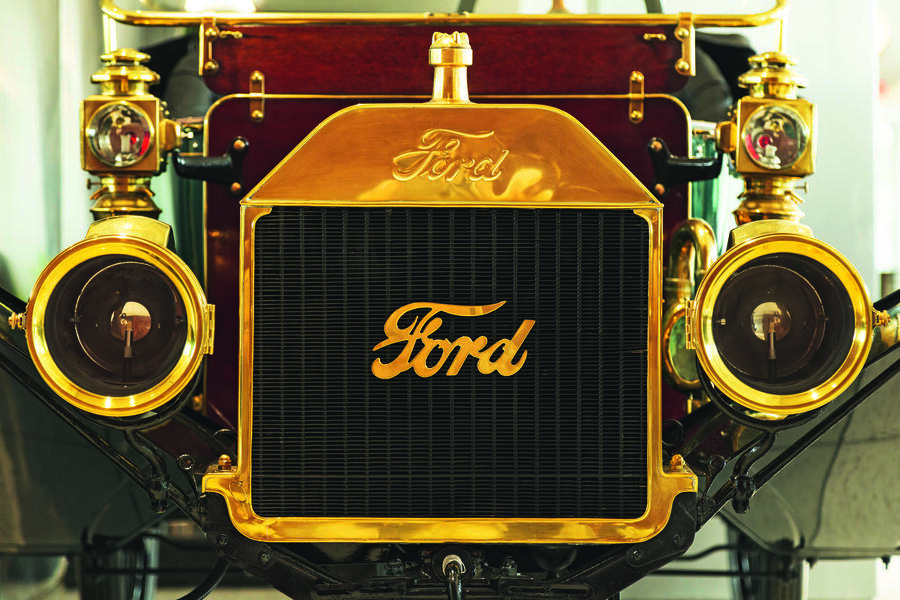
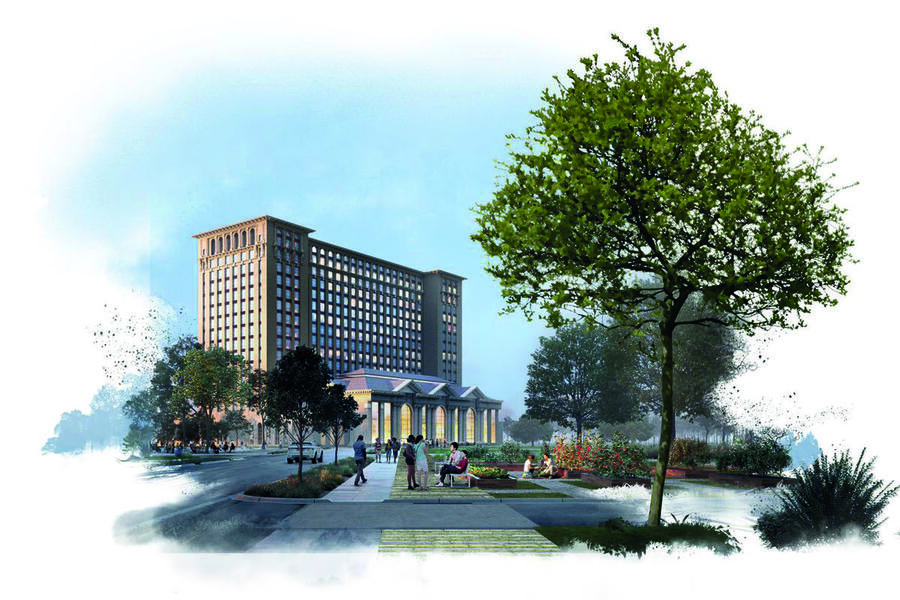

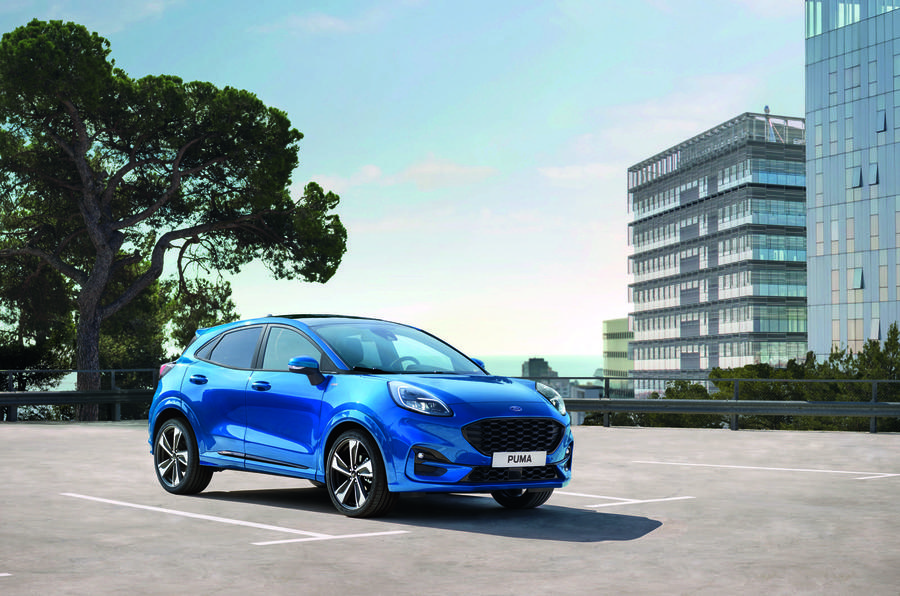

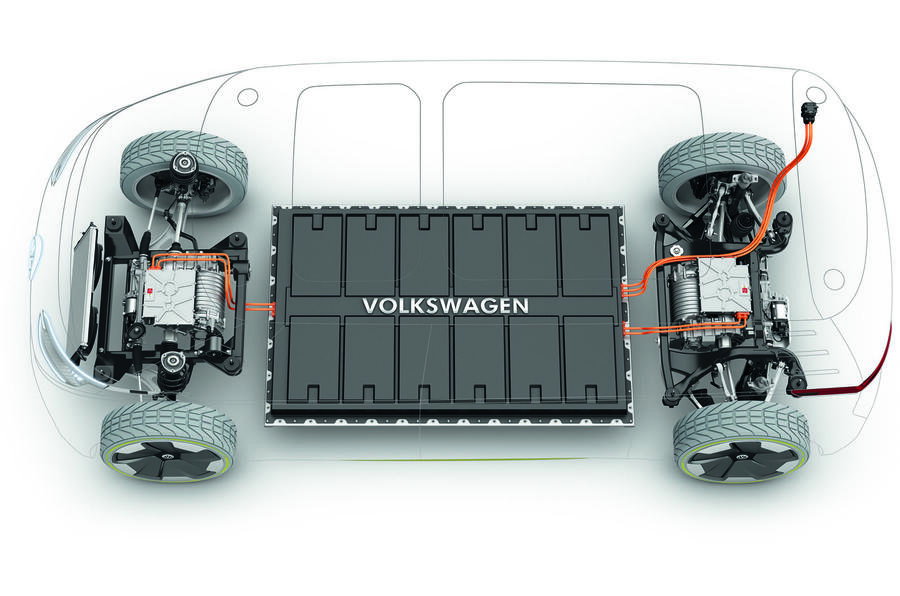







Join the debate
Add your comment
Ugh...
I have a focus RS and I love the car but this line really got to me.
"One marketing challenge he sees is getting buyers – both in the US and Europe – to view Ford’s burgeoning selection of hybrid cars as normal models. “The Prius set the standard,” he says, “by being marketed as a different kind of vehicle. But the job now is to get consumers to see hybridisation as tried and tested technology, not a science project but the vehicle they love with a more efficient powertrain."
If someone wants an electric powertrain fine give them one but I like the RS the way it is and I liked the ST when I had one and I sure don't want an electric RS. So stop shoving it down my throat that I need to change and sense I am not changing you're going to take your ball and go home and stop making the car. The focus was a good selling car and the RS and the ST both sold a lot of units. Just because some American's can't manage a third pedal doesn't mean that the entire market needs to shift to trucks and some rebadged Edge ST and a bunch of stupid SUV's. I hope Ford manages to dig their head out of the sand and bring back some good cars because I am not planning on buying anything from them for the near term.
Bronco
At the risk of repeating myself, when you look at the now quite old Bronco concept vehicle with all its styling cues it screams "Defender replacement" - that's what the new Defender should have looked like.
Sorry but
Who the actual f*** decided what the world needs is a Mustang based crossover?